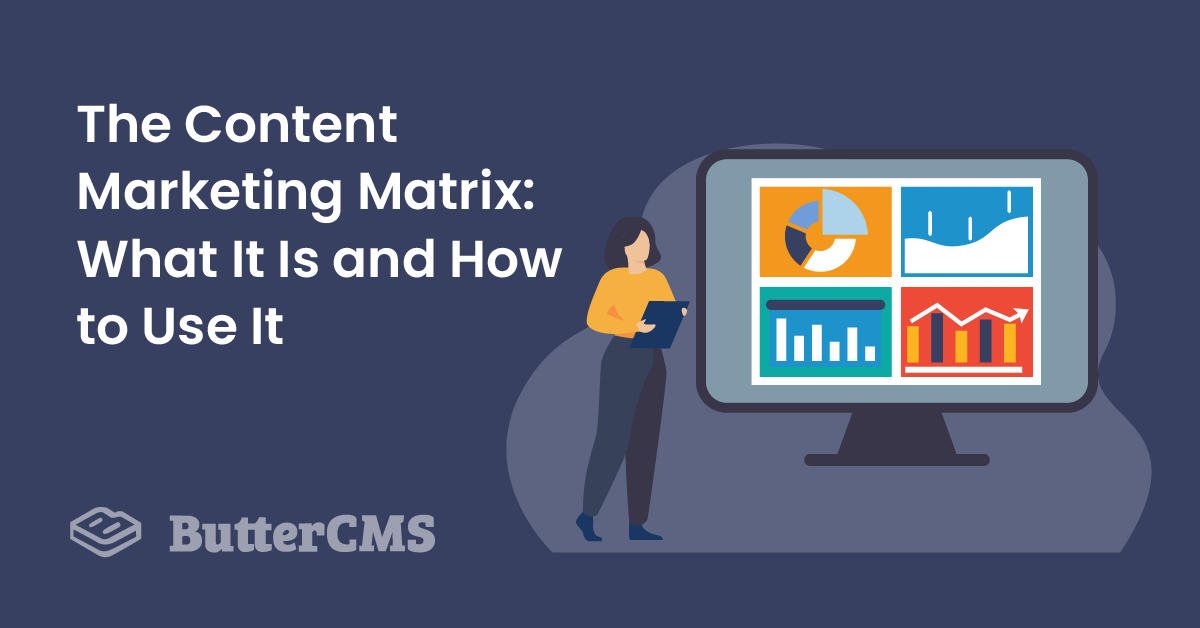
GSD
The Content Marketing Matrix: What It Is and How to Use It
Posted by Ernest Bogore on October 11, 2023
As a marketer consistently on the lookout for ways to serve more value through your company to customers, you’ve understood how to deliver a powerful digital experience using content marketing, and even how to use inbound and content marketing strategies to grow your company.
Great. Now, it’s innovation time, and you have all these ideas that you’re churning out. The team thinks they’re great and maybe this marketing thing is starting to make more sense. But one look at your analytics, and all that zeal blows out like a puff of smoke.
Your customers aren't responding to your good ideas, your bounce rate is at an all-time high, and visitors are barely following your call to action.
You did everything right, so what went wrong?
It’s simple. Good ideas don’t always equal good results.
Because with content marketing, it’s not enough to just come up with great ideas. It’s also essential to make sure that these great ideas are relevant to your target audience–and this is where using a content marketing matrix (a.k.a content matrix) comes in.
Table of contents
What is a Content Marketing Matrix?
A content marketing matrix is a planning tool that helps you map your content inventory and content ideation to meet specific customer needs at different stages of their buyers’ journey.
It helps highlight what content is most relevant to a customer based on their buying phase.
It’s just like matchmaking, only this time, it is between customers and content.
For instance, a content marketing matrix would help a pet shop owner know not to serve customers who are still deciding on what type of pet to get with content like “Best Food Choices For Growing Dogs.”
As defined and initially designed by Smart Insights, the content marketing matrix is a content marketing planning tool to help marketers generate ideas for the most engaging content types for their audiences.
But simply knowing the definition of what a content marketing matrix is doesn’t make you a pro. Like all good marketers, your brain is probably buzzing with more than a few questions right now–and that’s alright because we have answers.
Should you use a Content Marketing Matrix or Content Inventory?
Before we answer this question, let’s make sure we’re all on the same page with the terms we’ll be considering here.
As the name implies, your content inventory is a stock of what content is on your website, from articles and videos to images and PDF files, etc.
If you’re new to this and wondering why you need to take stock of your content, it’s for the same reason why every business takes stock of its products–to take action based on data.
The inventoried content is then evaluated to fix arising problems, carry out updates, or even contribute to the overall content marketing strategy. This is called a content audit and it's used in tandem with a content inventory. Now that you’ve taken stock of your content and done a content audit to find lapses that can be improved, you can use a content marketing matrix to transform this data into rewarding actions.
So to answer the question isn't whether you should be using one or the other but that you should be using them together.
Think of this process as a three-course meal.
Your content inventory is a starter to track what content is on your website for analysis, migration, and improved content marketing efforts.
The content audit is the main course, allowing you to see what might be wrong, how successful your content strategy is, what pages link to what, and what can be better.
And then there’s dessert. The course that makes everyone happy. The content marketing matrix, a framework intended to ensure that people are served with relevant content as and when they need it. It is a detailed content inventory that you create and sort through in a spreadsheet to get a concrete insight into the gaps in your content strategy. So it helps you make data-driven and informed decisions in your content strategy.
How to use a Content Marketing Matrix?
Now that you’re clear on what a content marketing matrix is and its relation to your content inventory, let’s talk about how it actually works.
We’ll be looking at the core features of a content matrix and helping you understand each one and how they apply to your company or brand.
The Four Quadrants: Determining the purpose of your content
The content marketing matrix illustrates the four primary purposes of content: to entertain, educate, inspire, or convince.
Let’s look at what each one could mean for you.
- To Entertain: Everyone loves a good vibe! Content created to entertain your target audience might not necessarily sell the product directly. But it could excite and provoke a positive reaction in a way that makes people feel emotionally connected to your company or brand.
- To Inspire: Inspirational content is also emotionally wired, but in a way that motivates your target audience towards making a purchase decision.
- To Educate: This is nearly every marketer’s favorite because it’s a great place to demonstrate subject expertise. Content crafted to educate is usually more rational, with the intention to provide solutions to a challenge that the target audience is experiencing.
- To Convince: Persuasive content is usually where all the hard work pays off. Its purpose is to encourage your target audience to take that last step in completing a purchase. Content in this quadrant typically includes facts, figures, and analytics to portray the benefits of your product or service and appeals to the audience’s rational interests.
To further understand your content’s purpose and decide what works best for you, check out this Stormid blog post.
The Content Marketing Matrix axes
Now that you’ve sorted out your content’s purpose, the content marketing matrix is represented in a graph to show two key dimensions:
- The horizontal axis (x-axis), showing the awareness to purchase stages of your buyer’s journey.
- And the vertical axis (y-axis), highlighting the emotional to rational content engagement formats as seen in your content purposes.
Both axes work hand-in-hand to help you decide what content type would work best for you.
For example, rational content to create awareness should be educating the reader in some way. Rational content to create purchases is usually convincing. Deciding what grid your target audience falls under over the course of their buyers' journey will help you choose the best content option to invest in.
Preparing to apply the Content Marketing Matrix to your brand
When applying the content marketing matrix, it is important to tailor it to meet your specific company or brand characteristics. As Smart Insights puts it, this would require you to do the following:
- Review how you assess the value of different types of content. Define which content marketing KPIs you use. Unique page visits, time on page, shares, etc., are significant factors to consider here.
- Review the current use of content within your company by plotting the different content formats you currently use on the grid. Videos, articles, infographics, etc. What have you been putting out?
- Review the competition's use of these content types by plotting on the grid the different content assets they deploy on their websites, social media, and send to their email lists. Go forth and snoop; it’s allowed.
- Brainstorm future potential content types. All the data you've gotten from the previous steps were for this moment. What can you do better?
- Use your criteria from Step 1 to select new content types. Remember those KPIs you picked out in step one? Make sure that your content type choice can show the data you're looking out for.
5 steps to apply the Content Marketing Matrix
Utilizing a content matrix can be pretty easy if you know what you’re doing. But then again, just having the knowledge doesn't get the job done. Success lies in execution.
Because the content marketing matrix allows you to serve up content to customers right when they need it, it is super important to know how to tailor the matrix to your target audience.
Here are the 5 steps you need to get it done.
Step 1: Define themes around your company business goals
You can't just create content that effectively uses the content marketing matrix and call it a day. Sure, you used the matrix, but how would you rate the success of that content? In what way(s) has it contributed to overall company growth? etc.
Creating content themes that align with your company's overall target for that quarter makes it easy to measure content performance.
For example, if our goal here at ButterCMS is to increase sales for our software by 50% at the end of the second quarter, then our content theme should be aimed at educating and convincing our target audience with our KPIs set on cost per click, cost per lead, or time on page. So the content theme is all about designing your content strategy to resonate with your end marketing goals.
Step 2: Choose a target audience
This might seem like a pretty obvious step in ensuring that your matrix applies to your target audience, but we'll say it again.
You need to choose a specific target audience for each content marketing matrix that you create. It's a challenging task but very rewarding. Having a general market segment that your company or brand serves doesn't cut it. Divide them into smaller subcategories and zero in on their needs and pain points. The deeper you look, the better the results you'll see.
Here, there’s a strong chance that your company serves multiple target audiences. The trick to capturing each group in the content matrix is to map and optimize different customer journeys for each audience.
You can have multiple matrixes with content plans for different target audiences at a given time. This is also an excellent way to discover new audiences and grow old ones.
Step 3: Know your customers' 4 pain points
According to WordStream's guide to finding and solving your customers' problems, your target audience has four main distresses:
- Financial
- Productivity
- Process
- Support
A target audience with a financial pain point is looking for ways to get value, but for less than the price they're currently paying.
People with productivity pain points are looking for ways to better manage their time, while still getting their needs met.
Your process pain point audience is looking to improve internal processes at the office or personally.
Support pain point audiences are looking to get the assistance they need as and when they need it.
It's not enough to just know these pain points but to understand how your target audience would like for them to be handled. Talk to your target audience through interviews, conduct surveys, or do a quick search to understand their pain points and how they'd like them to get fixed.
Step 4: Address pain points alongside funnel stages
After learning about your target audience’s pain points, you'll start to notice gaps in your content inventory. You’ll also discover areas needing updates and gain new ideas to address the discoveries you’ve made about your target audience.
Now, it's time to match solutions to problems.
An incredible way to do this is through the content marketing funnel.
The content marketing funnel is a visualization of the basic journey a potential customer goes through before making a purchase.
Top of the Funnel (TOFU): Awareness stage.
This part of the funnel has room for a lot of people and contains virtually anyone who has a problem that your product or service can solve.
These are people who aren't yet aware of your existence or, in some cases, even the problem itself. This makes it the ideal stage for you to make a solid introduction.
So, at this level, first you will need to get an understanding of your target audience’s pain points. Both pains that are keeping them up at night and pains they’re unconsciously sleeping with. Then you will need to produce content that educates them on this challenge. Finally, showing how your service can fix their problems will help you flow down to the next level of the funnel.
Middle of the Funnel (MOFU): Consideration stage.
You’ve made a good impression, customers are aware of their problems, and they know that you can solve them. Now, they’re trying to weigh their options.
This is where you create content that improves their trust in your company or brand and helps them make a purchase decision while addressing their pain points.
A great content idea in this part of your funnel is a case study or white paper to showcase your expertise in their area of concern.
The number of people in this part of your funnel is usually smaller than that in the awareness stage. This is because, at each stage of your funnel, more people would fall off your buyer’s journey for one reason or the other–and that’s okay.
Bottom of the Funnel (BOFU): Decision stage.
Here, potential customers agree that you’re an excellent brand to partner with; they just need the encouragement to make them feel good about this decision.
Producing content that solves customers’ pain points in a way that connects emotionally with them and inspires them to make a purchase decision is a big win.
The target audience at the bottom of the funnel is usually the smallest but the most qualified to do business with you.
After the funnel
Now that you’ve brought customers home to your company, this is where you engage with them and make them feel like they belong here.
This post-sales part of your buyers' journey makes sure that you're not just getting clients to lose them, but that you're sustaining relationships to build customer loyalty.
A content-type idea that would be useful at this point would include social media posts, exciting branded videos that make them feel good about belonging to your brand, games, etc.
Another way to do this is by building online communities to foster networking and even special promos to remind them that they're important to you, etc.
Step 5: Move your audience to the next stage using CTAs
Imagine that you’ve just created your content, you used the content marketing matrix to ensure that the content was relevant to your target audience. You also used the steps outlined above to double-check that they meet with your buyers’ journey.
It’s your best work yet. You know it, everyone at the office knows it, your target audience as they go through the content realizes it too.
They get to the end of the content feeling so inspired and convinced by the brilliance of your work, but there’s no direction for what to do next.
So they leave, disappointed and in search of a competitor with clearer directions.
This is what a written or unclear call-to-action can do to you. To ensure that your content meets the goals you've set out, include a well-thought-out call-to-action to help your target audience take the required steps at your content’s strategic points.
What are the benefits of using a Content Marketing Matrix?
At this point, it's super apparent how vital a content marketing matrix is for your overall content strategy.
But just in case you need more grounds, here are some notable reasons why you should take this content marketing matrix thing seriously.
Helps highlight your content needs
Because the content marketing matrix forces you to give your entire content strategy a second look, it highlights lapses and gaps that might need to be reviewed.
This is a great place for you to find areas where you can build content clusters, improve link building, or create new topics for a new target audience.
Empowers sales enablement
Your sales team can now close deals better with the content marketing matrix tool and the knowledge it provides.
Because they now understand where customers are within their buying journey and what content type they're looking out for, it makes it easy for the sales team to work with this information in sending the right message at the right time.
Increases click-through and conversion rates
No better feeling in your content strategy than knowing that your execution actually works!
Because your target audience is now being served with content they want to see, they will take more actions that are profitable to you.
Content marketing KPIs like click-through and conversion rates should see a significant boost.
Triggers new ideas
As you learn more about your customers using your content matrix, you'll discover new ways to satisfy them.
This is awesome because it makes room for thought leadership strategies and advances your content authority and backlink building.
Gives clarity to unstructured content
Having a full picture of what your target audience is expecting will help you structure content formats and types better. You can now bring life and make more sense of the content that just didn't feel right. After all, knowledge is power.
Capture metadata, keywords, and tags
The good thing about understanding someone is that you can tell what they're thinking and what they're looking for, and then capture these interests through your content strategy.
Data-driven improvements to keywords, metadata, and tags are rewards the content marketing matrix affords you.
Conclusion
If you’ve gotten to this point in this article, great job!
But, as stated previously, it is one thing to know all this and another thing to implement it, so here’s what we’d like to leave you with: creating a content marketing matrix can be time-consuming. Still, it's a rewarding investment that can do a lot for your content strategy.
It should not be used as a one-time fix for your content marketing, but as a continuous process that scans the content your organization produces and its relevance to your target audience.
This would mean that as you produce content, you can routinely audit your content inventory and adjust your content strategy where necessary using the content marketing matrix.
A fantastic tool to help you manage your content inventory seamlessly across many presentation layers while utilizing your content marketing matrix is our API-first CMS.
Cheers to producing great content that is equally relevant.
Do you want your product or marketing team to test Butter CMS? We can set up a live demo to walk your team through the fast, easy-to-use interface.
ButterCMS is the #1 rated Headless CMS
Related articles
Don’t miss a single post
Get our latest articles, stay updated!
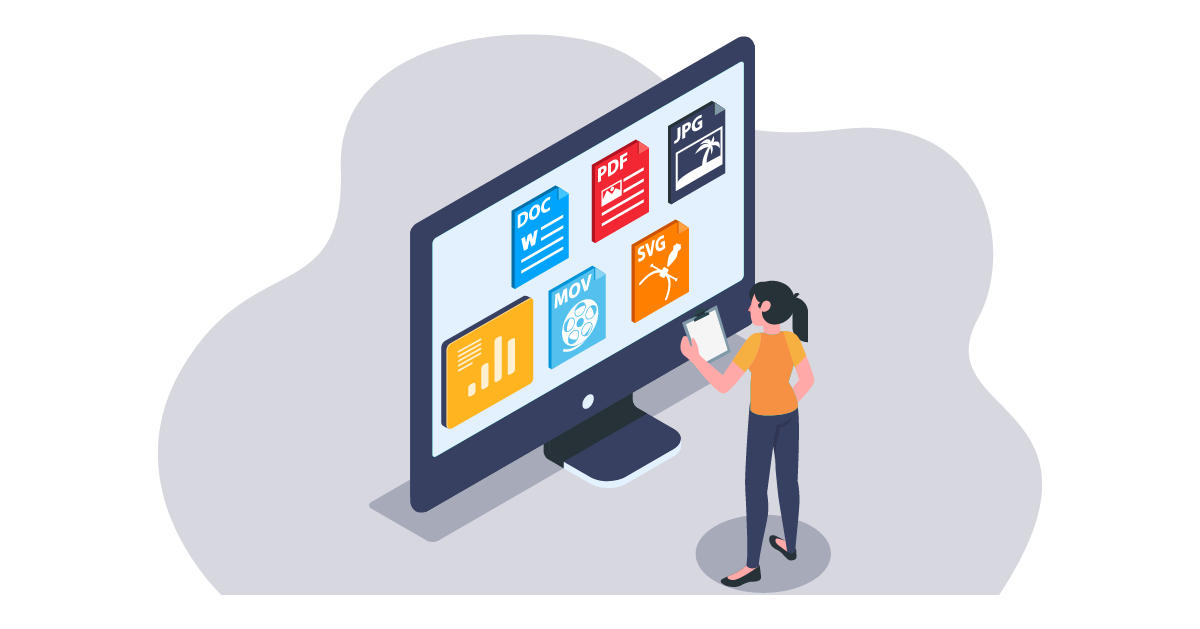
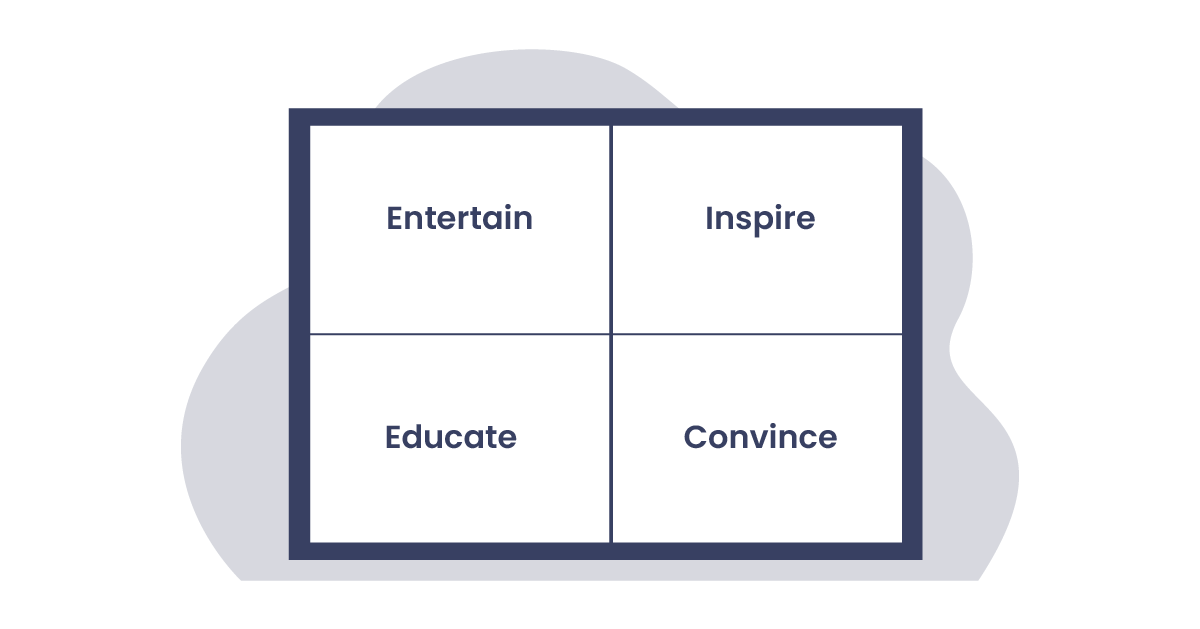
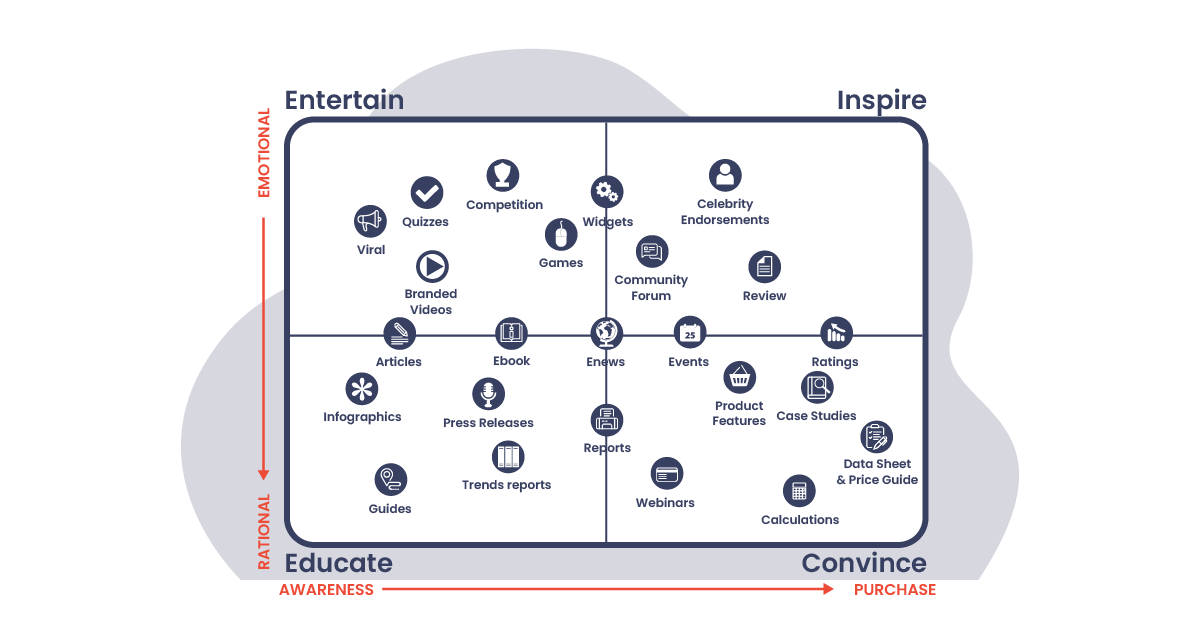


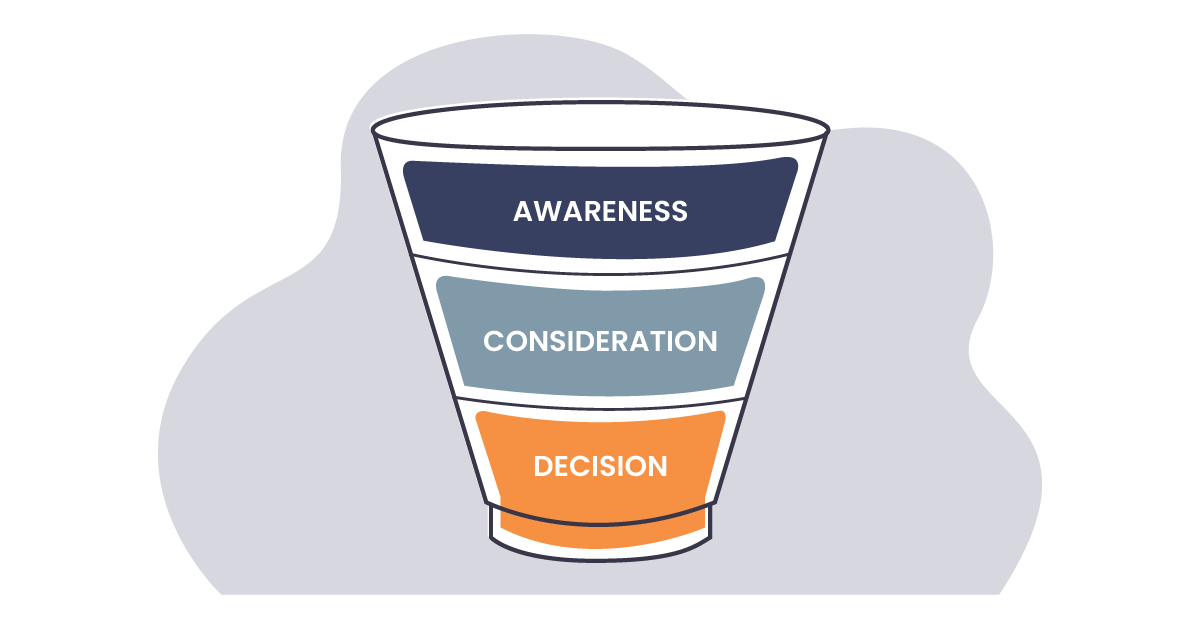















Ernest is the founder of Nerdy Joe, an email and content marketing agency for SaaS businesses. He has worked with brands like Hunter.io, ButterCMS, Vidico, Appsumo, etc.